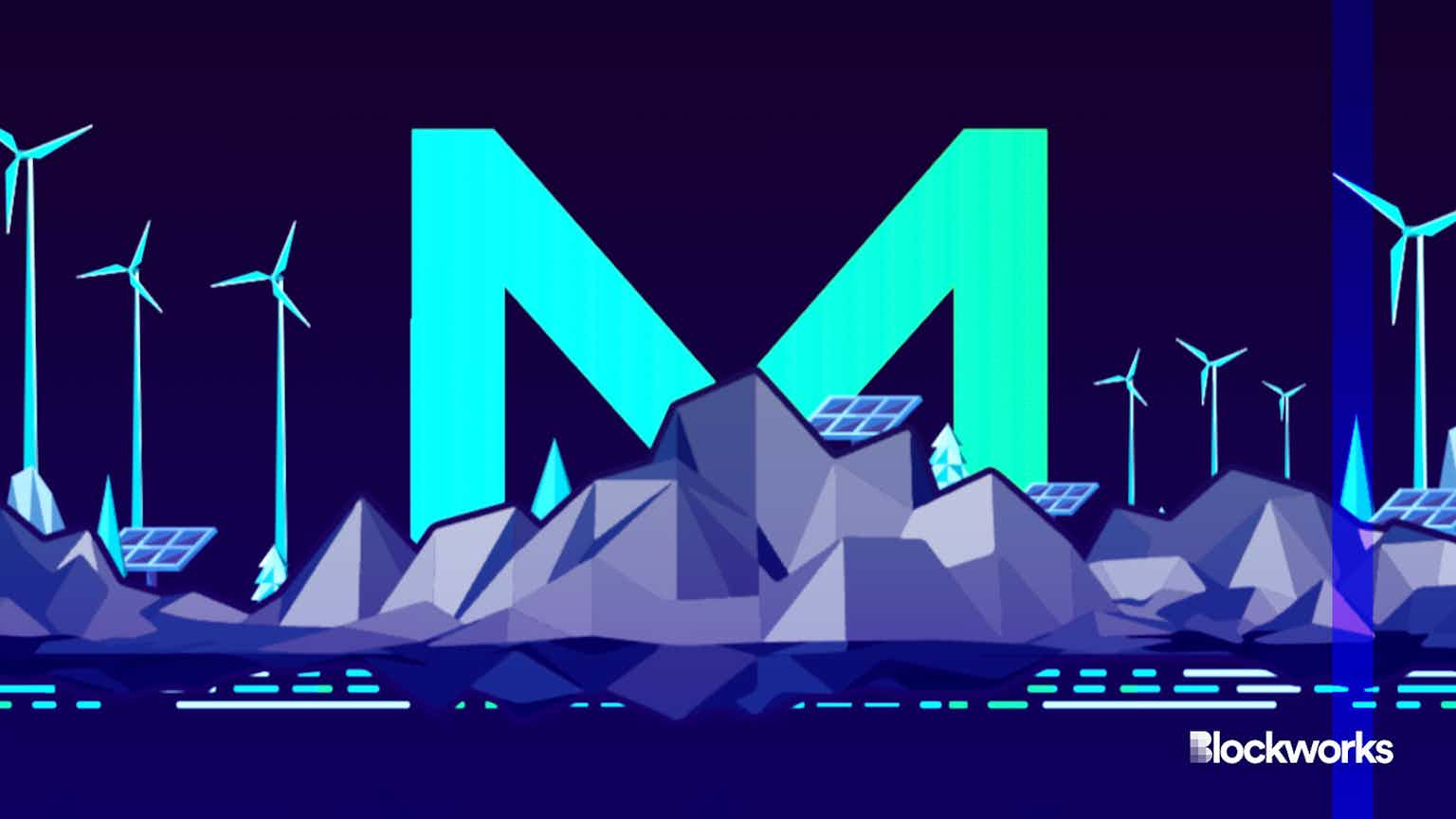Where crypto’s major bankruptcies stand right now
FTX, Genesis, Core Scientific and Voyager continue to move forward with bankruptcy proceedings

Artwork by Crystal Le
2022 was brutal for crypto, and the repercussions were felt well into this year with a number of companies working to graduate from bankruptcy.
A few have managed to use 2023 to get their bankruptcy exit plans approved by the necessary courts and some have even emerged altogether.
But out of the handful — from FTX to Genesis — that filed for bankruptcy throughout the past two years, where do the biggest cases stand?
FTX
The FTX bankruptcy continues, with November marking a year since Sam Bankman-Fried’s crypto empire collapsed. The former CEO now sits in jail in New York awaiting a February sentencing hearing after he was found guilty of seven counts of fraud earlier this year.
Debtors overseeing the bankrupt estate recently filed an amended plan, with a hearing scheduled for early 2024.
If the plan passes creditor vote and gets the go-ahead from the bankruptcy court, then creditors could file to recoup funds. However, the claims will be honored at the prices they were at in November 2022 — which are generally far lower than today.
The Official Committee of Unsecured Creditors of FTX said in a post on X that the OCC will continue to “maximize recoveries for unsecured creditors and expedite distributions.”
Both the debtors for FTX and FTX Digital Markets liquidators were able to reach a settlement, ending a debate on which comes first: the company’s bankruptcy proceedings or the liquidation in the Bahamas.
Read more: FTX began to unravel one year ago today: A timeline
The two (if the court approves the settlement) will “work together to maximize claims” though customer recoveries are expected to be “substantially identical.” Both the liquidation and bankruptcy will value customer assets in the US dollar.
Celsius
Celsius was cleared to exit bankruptcy in November, having submitted a restructuring plan earlier this year. The business — which was reorganized — will be managed by a consortium jokingly named Fahrenheit. The firm won a bid to relaunch the former crypto lender as a bitcoin mining operation.
However, despite the approval, debtors may have to seek a new creditor vote due to some skepticism from the US Securities and Exchange Commission on its new business ventures. As part of the pivot, the reorganization would focus solely on bitcoin mining.
Reuters reported in late November that Judge Martin Glenn — who oversaw the case — chided the bankrupt company in a hearing where he said that “this is not the deal that the creditors voted on.”
The creditors, as part of the original plan, would receive crypto assets and stock in the new venture, if the SEC signs off on letting it list as a publicly traded company.
The winding down of the process comes a little over a year since the former lender initially filed for bankruptcy in the wake of the depegging of algorithmic stablecoin TerraUSD. Between UST and its sister token Luna, the event wiped $40 billion from crypto markets, with more losses felt due to general market contagion.
Hut 8 announced on Dec. 8 that Celsius debtors had signed an agreement with the mining company to “build out and install mining operations in connection with the Celsius Network LLC bankruptcy.”
But while Celsius’ bankruptcy saga comes to end, the whole ordeal is not fully over. The US Department of Justice charged former CEO Alex Mashinsky with fraud and manipulation during his tenure at the helm of the company. Mashinsky is scheduled to face a trial in September 2024. He pleaded not guilty to the charges.
Voyager
Voyager filed for bankruptcy at roughly the same time as Celsius. The two lenders share some similarities: Both filed for bankruptcy after the collapse of TerraUSD and Three Arrows Capital, a crypto hedge fund, and both have faced legal action from US authorities.
Voyager announced in October that it reached a deal with the Federal Trade Commission, agreeing to a $1.65 billion judgment.
Outside of the settlement, the bankruptcy proceedings have been quiet. In an October update filed with the court, Voyager said it ended its initial in-kind distributions back in July. Roughly $490 million of the available $627 million worth of crypto was withdrawn at that time.
“Between Aug. 11, 2023 and Aug. 22, 2023, the Wind-Down Debtor liquidated the Remaining Assets,” Voyager said. Distribution checks were then sent out in late September.
BlockFi
Sticking with lenders, BlockFi emerged from bankruptcy in late October.
The company, in a statement at the time, said it would be seeking assets it claims it’s owed by FTX, and Three Arrows.
The former lender also said that it would continue to distribute digital assets back to customers while it would “continue the claims reconciliation process to ensure that client claims are accurately reflected in both asset class and amount and that clients receive fair and equitable distributions of remaining and recovered assets.”
“Further updates on timing for this initial distribution will be sent in the coming months. We are aiming to begin initial distributions in early 2024. Any subsequent distributions will be dependent on many factors, including most notably any recoveries from FTX and its affiliates,” the company said at the time.
It made it out of bankruptcy less than a year after it initially filed for protection. Unlike Celsius and Voyager, BlockFi entered bankruptcy in November 2022 after the collapse of FTX.
Genesis
Genesis, which filed for bankruptcy in January, is still in the middle of proceedings.
The company is attempting to recover over $680 million from Gemini, following a suit from Gemini seeking thousands of shares of Grayscale Bitcoin Trust (GBTC) worth an estimated $1.6 billion.
“As a result of these withdrawals, [Gemini] benefitted at the expense of [Genesis’s] other creditors, and continues to benefit to this day through their retention of the property [Genesis] seeks to avoid and recover here,” the Genesis complaint claims.
It submitted a plan with its parent company Digital Currency Group (DCG) in August, saying that creditor recovery rates could be as high as 90%. The plan, according to DCG, would also make Gemini Earn users whole though Gemini publicly disagreed.
A US trustee from the DOJ in the Genesis bankruptcy filed an objection to the amended disclosure statement back in November, claiming that the new statement “materially changes the terms of the plan previously filed by the Debtors.”
The bankrupt company is also facing a lawsuit, alongside DCG and Gemini, from the New York Attorney General. NY AG Letitia James alleged that Gemini and Genesis worked together on two “fraudulent schemes” with the Gemini Earn product, and DCG “coordinated” with the companies.
Core Scientific
Core Scientific’s CEO Adam Sullivan told Blockworks in August that he expected the company to exit bankruptcy by the end of the year. Sullivan was brought on earlier this year.
The bitcoin miner filed for bankruptcy in December 2022.
It filed an amended disclosure statement for voting back in November. The voting period ended in early December.
Core Scientific will close out this year with a late December hearing on the proposed plan. The current timeline could see Core Scientific — if it receives the necessary approvals — emerge in January of next year, just a month later than Sullivan previously expected.
Outside of bankruptcy proceedings, the company — which still mines bitcoin — in September received a $53 million investment and new hosting agreement from Bitmain.
Start your day with top crypto insights from David Canellis and Katherine Ross. Subscribe to the Empire newsletter.





